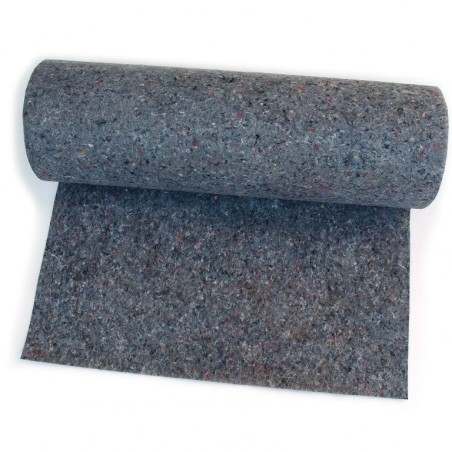Swine producers across the United States administer calcium gluconate to sows in the peri-parturient period to prevent problems associated with hypocalcemia, or low blood calcium levels. To explore the prevalence of hypocalcemia within the farrowing herd, as well as to determine the effectiveness of calcium gluconate supplementation post-farrowing, the following objectives were proposed: 1) Determine if hypocalcemia is a problem in the selected herd; 2) Examine the prevalence of hypocalcemia immediately post-farrowing within the chosen herd and 3) Determine the effectiveness of a 23% calcium gluconate solution administered intramuscularly to sows immediately post-farrowing.
1) Sixty sows of differing parities between 60 and 70 days in gestation were properly restrained and blood was collected via the external jugular vein. Blood was processed for serum analysis and serum calcium levels were analyzed by a veterinary diagnostic laboratory. 2 and 3) Sixty-one sows of differing parities were separated into two treatment groups. Each sow from each treatment group was properly restrained and bled three times: less than 4 hours post-farrowing, 16 hours post-farrowing, and 24 hours post-far- rowing. The samples were processed and analyzed as in part 1. The Treatment Group (TM) included 32 sows administered a veterinarian-prescribed 20cc dose of a 23% calcium gluconate solution intramuscularly immediately following the first blood collection. The Control Group (CON) included 30 sows not administered calcium gluconate.

1) The average serum calcium level in the mid-gestation sows was 10.14 mg/dL, with 95% Confidence In- terval (CI) of ± 0.06 mg/dL. The established normal range for serum calcium levels in sows is 9.0-13.0 mg/dL. Therefore hypocalcemia is not a problem in the gestating herd. 2 and 3) The average serum calcium level from the first post farrowing collection in the 61 sows was 9.76 mg/dl with a 95% CI of ± 0.16 mg/dL. These results were within the established serum calcium levels for sows. Moreover, there was no significant difference in serum calcium levels between sows of different parities at the first collection. 1st, 2nd and 3rd, and 4th+ parity sows averaged 9.84, 9.93, and 9.7 mg/dL, respectively, all within the established normal range. TM serum calcium from the three timed collections averaged 9.76 mg/dL, 9.62 mg/dL, and 9.56 mg/dL, re- spectively. CON serum calcium from the three timed collections aver- aged 9.81 mg/dL, 9.83 mg/dL, and 9.85 mg/dL, respectively. These results all fall within the es tablished normal serum calcium levels. Therefore, the 20cc dose of calcium gluconate had no significant effect on serum calcium levels.
These results can be utilized by industry veterinarians and professionals to see that hypocalcemia is not a significant problem immediately post-farrowing in sows of all parities and that intramuscular administration of calcium gluconate does not significantly alter serum calcium levels in postpartum sows.
Alexander S. Hintz, Melissa Farber Billing. Hypocalcemia and calcium gluconate use in sows at parturition. 2013 AASV Annual Meeting.





